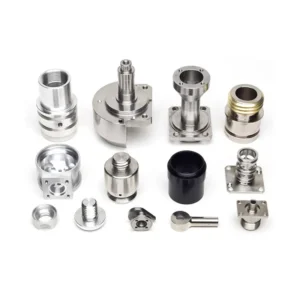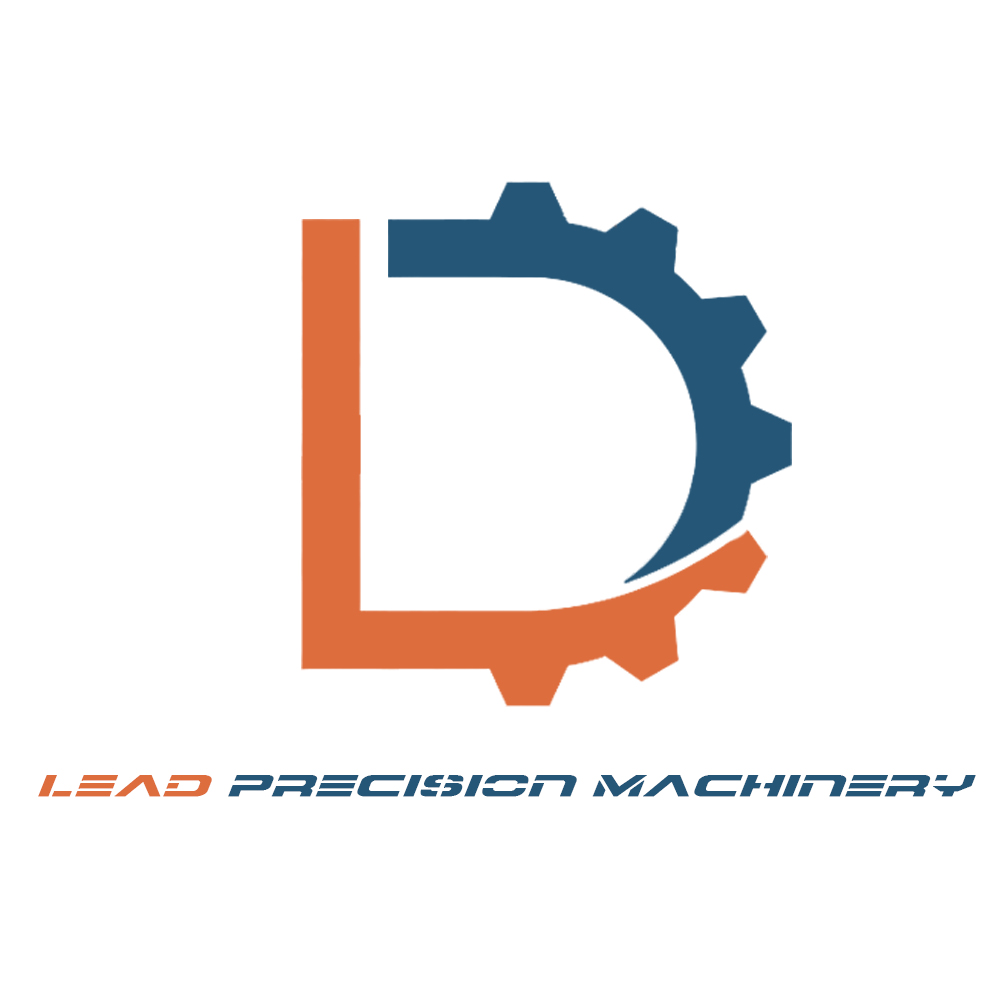In the realm of manufacturing, two prevalent methods for crafting metal parts—Metal Pressed Components and CNC Machined Components—stand out for their distinct processes and applications. This article provides an in-depth comparison of these methods, highlighting their similarities, differences, exemplifying products, and addressing frequently asked questions (FAQs).
Comparing Metal Pressed Components and CNC Machined Components
Similarities:
- Material: Both methods predominantly employ metal materials such as steel, aluminum, and copper.
- Customization: Whether metal pressed or CNC machined, parts can be tailored to meet specific design and functional requirements.
- Industrial Applications: Both find extensive use across various industrial sectors, including automotive, electronics, and appliances.
- Precision Control: While CNC machining offers superior precision, metal pressing can achieve moderately high levels of precision depending on the process and tooling.
Differences:
| Aspect | Metal Pressed Components | CNC Machined Components |
|---|---|---|
| Manufacturing Process | Metal stamping or pressing | Material removal via CNC |
| Precision and Tolerance | Moderate precision | High precision |
| Complexity of Parts | Simple to moderately complex | Complex and intricate |
| Suitability for Mass Production | Ideal for mass production | Efficient for small to medium batches |
| Material Versatility | Limited to sheet metal | Wide range of materials |
| Customization | Limited customization | High degree of customization |
| Production Speed | Faster for large quantities | Slower, especially for complex parts |
| Tooling Costs | Lower tooling costs | Higher tooling costs |
| Material Waste | Minimal material waste | Some material waste |
| Applications | Automotive, electronics, appliances, etc. | Aerospace, medical, precision engineering, etc. |
This table provides a comparison of Metal Pressed Components and CNC Machined Components, highlighting their key characteristics and applications. The choice between these manufacturing methods depends on specific project requirements and constraints.


- Manufacturing Process:
- Metal Pressed Components: Utilizes metal stamping or pressing to form parts by shaping metal sheets.
- CNC Machined Components: Removes material from solid blocks using computer-controlled precision cutting tools.
- Complexity of Parts:
- Metal Pressed Components: Suited for simple to moderately complex parts.
- CNC Machined Components: Ideal for complex, intricate, and highly precise parts.
- Mass Production Suitability:
- Metal Pressed Components: Designed for mass production due to efficient, high-speed manufacturing.
- CNC Machined Components: More efficient for small to medium batches and intricate pieces.
- Material Versatility:
- Metal Pressed Components: Limited to sheet metal.
- CNC Machined Components: Versatile, accommodating various materials.
- Customization:
- Metal Pressed Components: Customization options are somewhat limited.
- CNC Machined Components: Highly customizable, without requiring costly tooling changes.
- Production Speed:
- Metal Pressed Components: Faster for large quantities, thanks to simultaneous forming.
- CNC Machined Components: Slower, especially for complex parts demanding precision.
- Tooling Costs:
- Metal Pressed Components: Lower tooling costs.
- CNC Machined Components: Higher tooling costs due to precision tools.
- Material Waste:
- Metal Pressed Components: Minimizes material waste as it primarily involves shaping.
- CNC Machined Components: Some material waste during removal.
Exemplifying Products:
- Metal Pressed Components:
- Automotive body panels
- Electronic device casings
- Appliance metal enclosures
- CNC Machined Components:
- Aircraft engine parts
- Medical equipment components
- High-precision automotive engine components
Frequently Asked Questions (FAQs):
- Which method is more suitable for producing highly precise parts?
- CNC Machined Components are generally better suited for producing highly precise parts due to their superior precision.
- Which method is more suitable for large-scale production?
- Metal Pressed Components are more suitable for large-scale production due to their ability to rapidly manufacture large quantities of similar parts.
- Which method is better for custom parts?
- CNC Machined Components are better for custom parts because they can easily adapt to different designs and specifications without the need for expensive tooling changes.
- How do CNC Machined Components differ from automotive applications?
- CNC Machined Components are often used in automotive manufacturing for higher precision and complex parts, such as engine components and brake system parts, while metal pressed components are more common in relatively simple parts like body panels.
In conclusion, Metal Pressed Components and CNC Machined Components offer unique advantages and are chosen based on specific project requirements, precision needs, production volume, and budget constraints. Additionally, while both methods have automotive applications, CNC Machined Components excel in more precise and intricate parts within the automotive sector.

